 |
Oppo is the company that is most enthusiastic about "becoming close" to Apple with its flagship Find line. |
During the development process, Chinese smartphone manufacturers do not hesitate to compare Apple. They are confident that they can surpass the iPhone in many aspects. Apple is always the object of ridicule in the race of performance, design...
However, according to Xpin , after many years of raising the slogan "overthrowing Apple", the Chinese mobile industry is changing. No longer criticizing competitors, they are gradually bringing their products into the Apple ecosystem.
In fact, some recently released Chinese phones work better with iDevices than iPhones.
Make "brotherhood" with Apple
To transfer photos, iPhone and Android users cannot connect directly but must go through a third-party application, such as Google Drive, Messenger, Zalo... However, currently, new generation devices from Oppo, vivo, Xiaomi are compatible with iPhone quickly.
Oppo even syncs live photos to view on both operating systems. NFC near-field communication also works seamlessly.
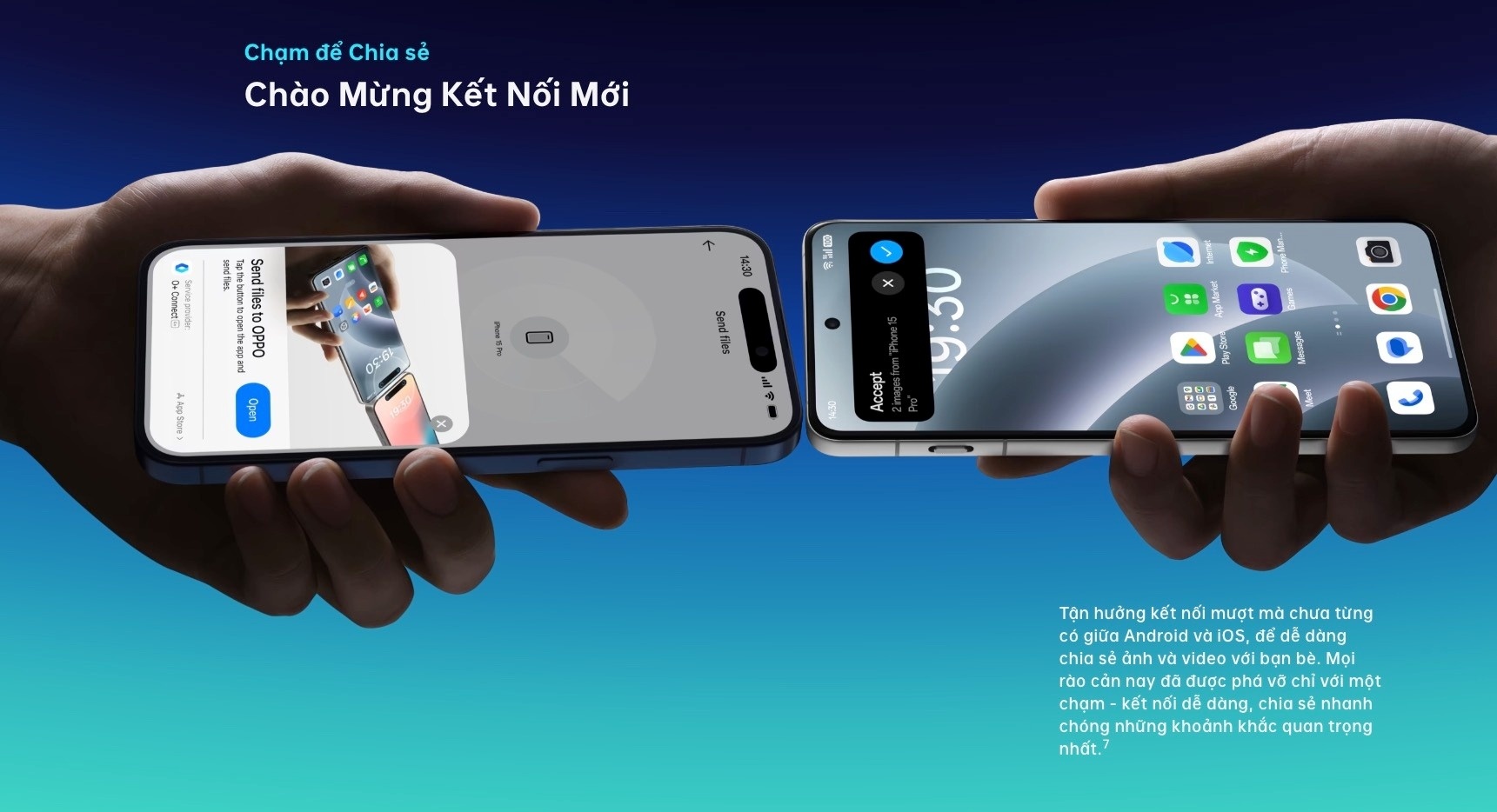 |
Oppo phone transfers photos to iPhone using AirDrop. Photo: Oppo. |
Oppo and Vivo also have software to remotely control MacBooks. Apple itself has not yet developed this tool on iPhone. Users can simulate mouse and keyboard operations intuitively and smoothly, and drag and drop files from their phones to their Mac computers.
Recently, Oppo has also released many advertisements, calling Apple its "brother" when its phones are compatible with iPhone.
There is now a sort of hidden race among Chinese manufacturers to see who can connect better with Apple. Soon after Oppo launched its O+ Connect feature, Xiaomi introduced its Internet Service with similar functionality. Meanwhile, Vivo calls this feature Inter Transfer.
Turn enemies into friends
The transformation of Chinese companies comes at a time when Apple is too difficult to beat in the high-end segment. In the billion-people market, Apple and Huawei account for 83% of the market share of phones priced above $600 , according to a report by Counterpoint Research . The iPhone alone accounts for 54% of this.
The remaining small piece of the pie is divided between Xiaomi, Vivo, Oppo. And these companies have to compete to not be left behind.
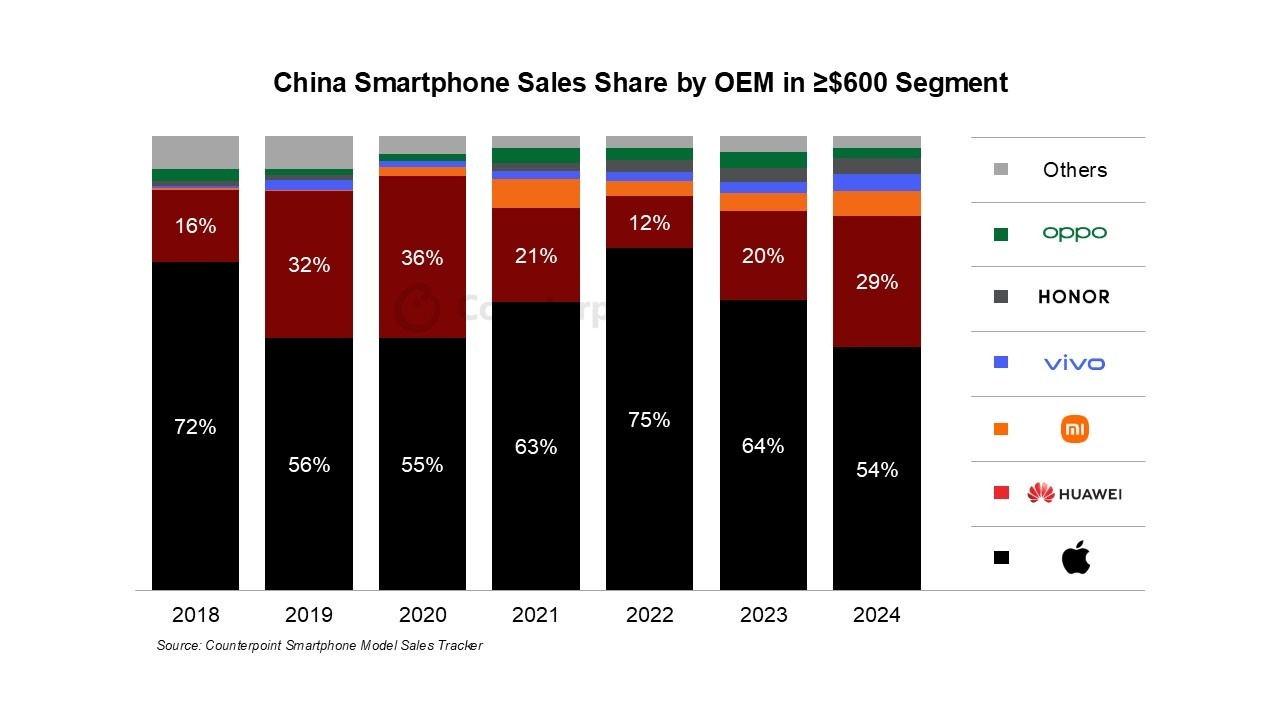 |
High-end phone market share in China. Photo: Counterpoint. |
The aforementioned brands have been trying for years to gain a foothold in the high-end market. However, despite product improvements, market feedback has not been positive for them. Design, appearance, battery or outstanding camera factors have not convinced users of expensive phones.
For example, the iPhone 16's 60Hz display, 27W fast charging, 12MP camera, and 8GB RAM are completely inferior to Android phones at the same price. However, flagships from Xiaomi, Oppo, Vivo still can't beat it.
During the 11/11 sale last year, the iPhone 16 still surpassed a series of high-end Android phones, ranking among the top 4 best-selling smartphones. On the Chinese brand side, only the Redmi K70 in the mid-range segment achieved better results. However, it still sold worse than the iPhone 16 Pro/Pro Max.
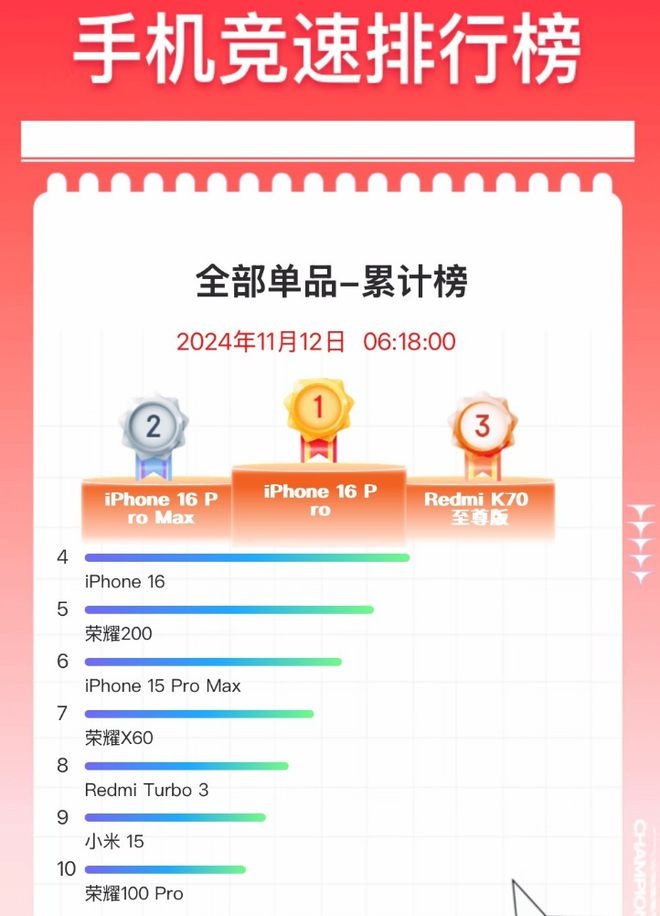 |
iPhone 16 is still more popular than Android flagships, despite its "mediocre" specs. Photo: JD. |
XPin believes that making their devices compatible with Apple is a new tactic of Xiaomi, Oppo, Vivo. By allowing cross-data transfer, these companies penetrate the ecosystem, encouraging customers to try their phones alongside iPhones.
Later, the defects in fast charging, battery or camera of Apple phones can be exposed and compared. From there, they can convince customers to change to a new phone.
“In the past, Android companies boasted that they were better than Apple. But when customers changed their phones, they encountered many difficulties and had to return to iPhone. Now it's different, users have time to adapt and realize that Xiaomi and Oppo phones have many better points than Apple,” XPin commented.
The strategy is starting to pay off. In China, the Xiaomi 15 has sold more than a million units. President Lu Weibing said that 20% of the company’s flagship customers come from Apple. Similarly, Oppo has sold 1 million Find X8 units, increasing its market share in the high-end segment to 32%.



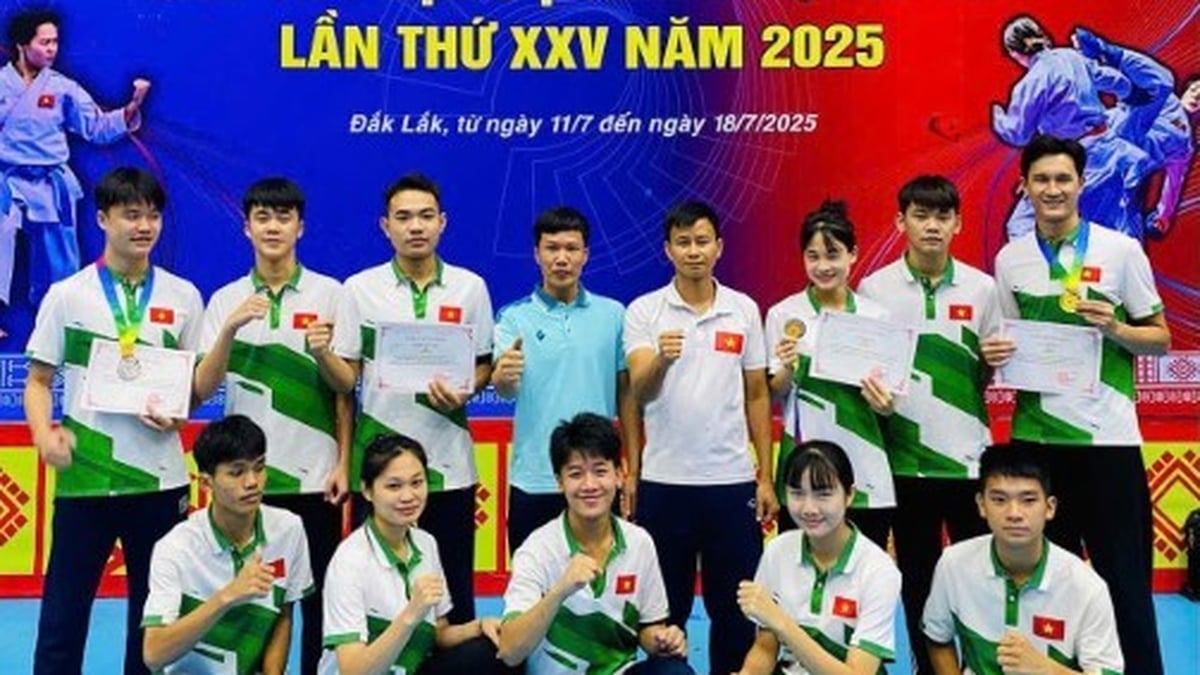


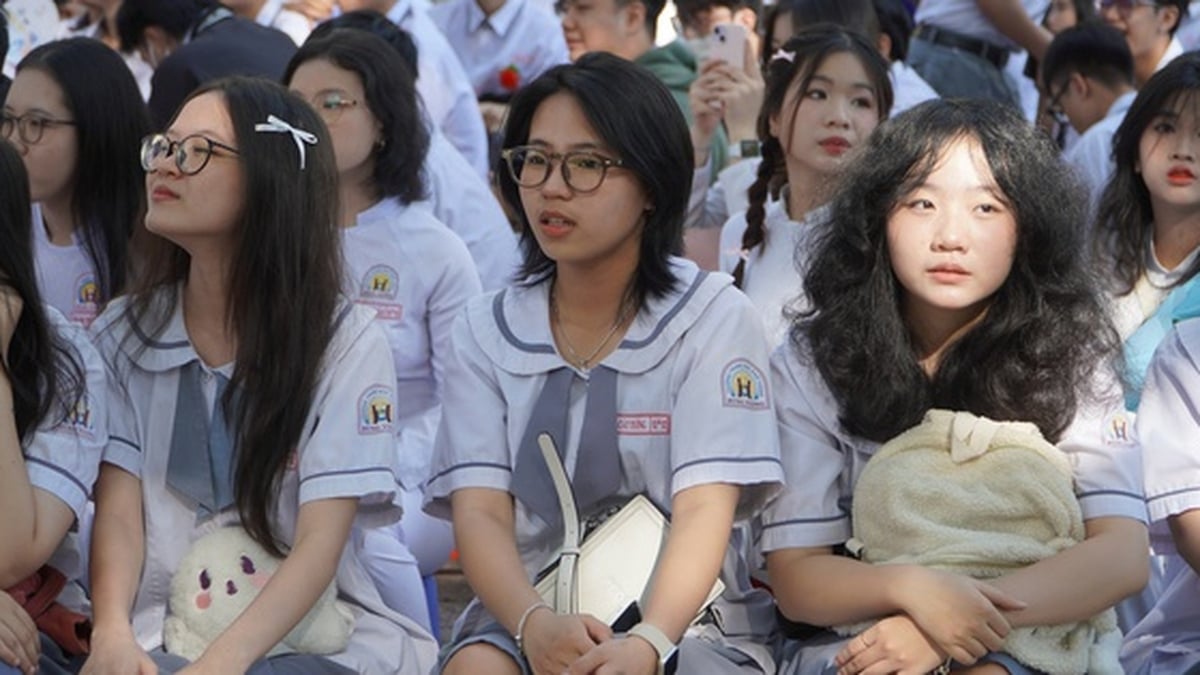

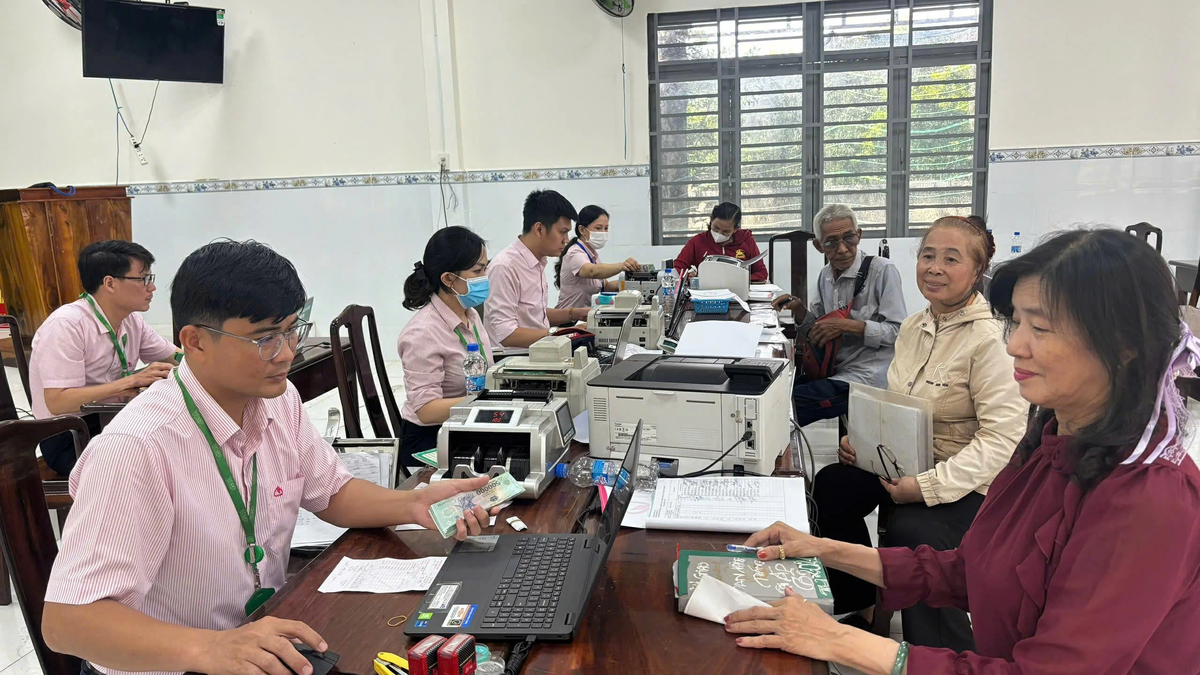

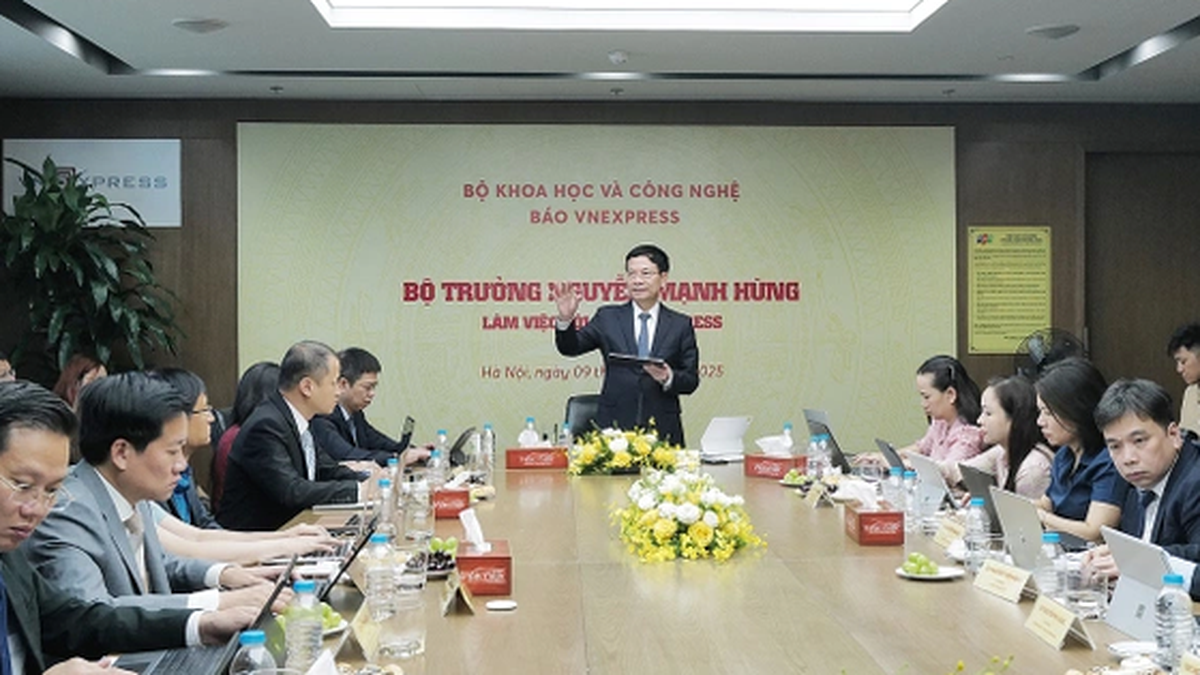













































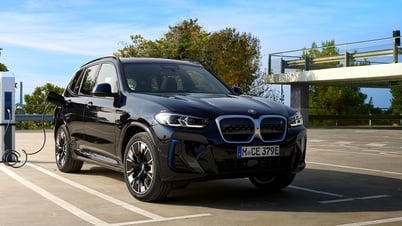





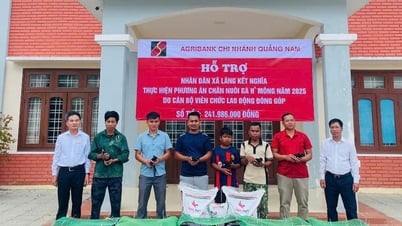

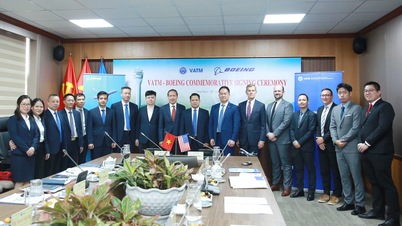





























![[Infographic] In 2025, 47 products will achieve national OCOP](https://vphoto.vietnam.vn/thumb/402x226/vietnam/resource/IMAGE/2025/7/16/5d672398b0744db3ab920e05db8e5b7d)





Comment (0)